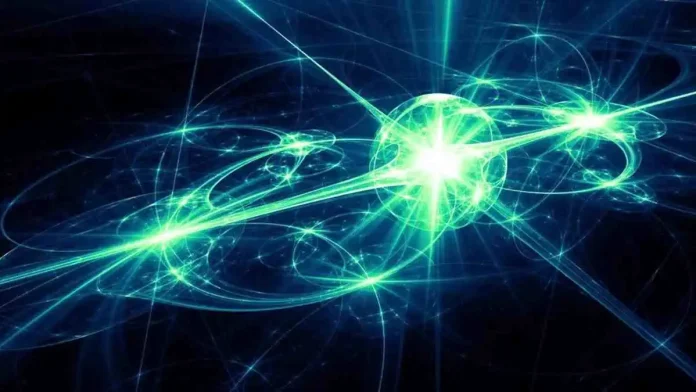Recent research has peeled back the layers of active particle behavior, shedding light on an intriguing facet: the correlation between propulsion speed and directional motion. This correlation, previously overlooked, has sparked profound revelations in the realm of particle dynamics.
Exploring Uncharted Territories in Active Particle Systems
The scientific community’s fascination with self-propelling particles has surged, unraveling new horizons and defying conventional assumptions. Traditionally, these particles were perceived to maintain a consistent velocity throughout their motion. However, emerging experimental evidence, particularly in ultrasound-driven medical applications, challenges this notion by showcasing directional fluctuations in their propulsion speed.
Pioneering Collaborative Efforts and Unveiling New Realities
In a groundbreaking collaborative endeavor spearheaded by Professors Raphael Wittkowski and Michael Cates, pioneering strides were made to comprehend the intricate dynamics of particle systems. Their fusion of computer simulations and theoretical analyses has unraveled unprecedented effects within systems governed by orientation-dependent speeds. These pivotal findings have found a place in the prestigious journal ‘Physical Review Letters.’
Unveiling the Astonishing Insights
Delving into the physics underlying these systems, researchers discovered a mesmerizing phenomenon: the spontaneous formation of clusters within active particle systems devoid of mutual attraction. Contrary to conventional beliefs, particles within these clusters exhibit continuous movement, generating a perpetual influx and efflux, defying the notion of stationary behavior.
Challenging Conventional Shape Theories
Contrasting the typical circular clusters observed in active particle systems, this study introduces a paradigm shift. The shape of particle clusters emerges as a consequence of directional influence on propulsion speed, opening vistas for experimental manipulation.
The Artistry of Particle Arrangement
Dr. Jens Bickmann elucidates, “Theoretically, we possess the prowess to orchestrate particles into diverse shapes, akin to an artistic endeavor.” Simulations reveal mesmerizing geometries like ellipses, triangles, and squares, presenting prospects for future applications.
Paving the Path for Technological Marvels
Beyond scientific curiosity, the implications resonate deeply within practical domains. Controlling particle self-assembly holds the key to revolutionizing programmable materials. Dr. Michael Trefzger emphasizes the significance of this breakthrough in advancing technical applications.
The Biological Inspiration
Nature’s blueprint, featuring active particles in various forms, inspires the pursuit of artificial counterparts. Applications spanning from nanoscale robots to targeted drug delivery systems in medicine embody the potential of this pioneering research.
As steric effects guide the behavior of particles, this research unveils a trove of possibilities, redefining our understanding of particle dynamics and charting a course toward innovative advancements in material science and medical technology.

